By Mykhailo Rushkovskyi – Originally published on RUNDERC
The “gray rhino” concept describes probable events that have a high impact on society. Unlike the unpredictable nature of Nicholas Taleb’s “black swan”events, gray rhinos, which was introduced as a concept by Michele Wucker (and written about in her book “The Gray Rhino: How to Recognize and Act on the Obvious Dangers We Ignore“) are visible and well-known risks that are often overlooked until it is too late. These risks are like a herd of rhinos, which are seen in the distance, and while we are aware of their potential danger, we cannot fully perceive their dimensions or predict when they will charge.
Gray rhinos are imminent risks that organizations must be prepared to handle. They require a framework in place to manage and mitigate the risks when they occur. Sometimes, multiple gray rhinos may stampede simultaneously, leading to a “crash” of rhinos, which can be devastating to society.
The development of artificial intelligence (AI), particularly Artificial General Intelligence (AGI), presents a “gray rhino” problem. AGI has the potential to revolutionize society, but it also poses a significant risk. AGI systems would have a broad range of cognitive abilities and could learn and reason about a wide range of topics, making them potentially more powerful than a human intelligence. However, the risks associated with AGI, such as unintended consequences or AI systems acting in ways that are not aligned with human values or goals, must be addressed.
OpenAI’s GPT-4 is being considered an early version of AGI system. Microsoft researchers have tested it and concluded that it’s exhibiting signs of AGI, capable of performing tasks that exceed human ability. Some sources report that GPT-5 is scheduled to complete training this December and that OpenAI expects it to achieve AGI.
The last week open letter signed by Elon Musk, Steve Wozniak, and other tech luminaries, argues that AI systems with human-competitive intelligence pose significant risks to society and humanity. The authors of the letter call for a pause in the training of AI systems more powerful than GPT-4 for at least six months highlights the need for a comprehensive risk management framework to mitigate the potential risks associated with AGI. It is crucial that such a framework involves a collaborative effort from various stakeholders, including policymakers, industry experts, and academics. It should be continuously updated and adapted as the development of AGI progresses, ensuring that it remains relevant and effective in mitigating potential risks.
Overall, the “gray rhinos” concept has significant relevance in the context of AI development, especially in the case of AGI. These risks demand a comprehensive risk management framework that requires a collective and coordinated approach from all stakeholders. It is imperative for organizations to anticipate and address the potential risks of AGI, like “gray rhinos”, to minimize their impact and ensure the responsible utilization of AGI’s benefits.
The image, shown below, features a gray rhino standing in the middle of a bustling business center. What makes this image remarkable is that it was generated entirely by AI for this article, utilizing a combination of machine learning algorithms and deep neural networks.




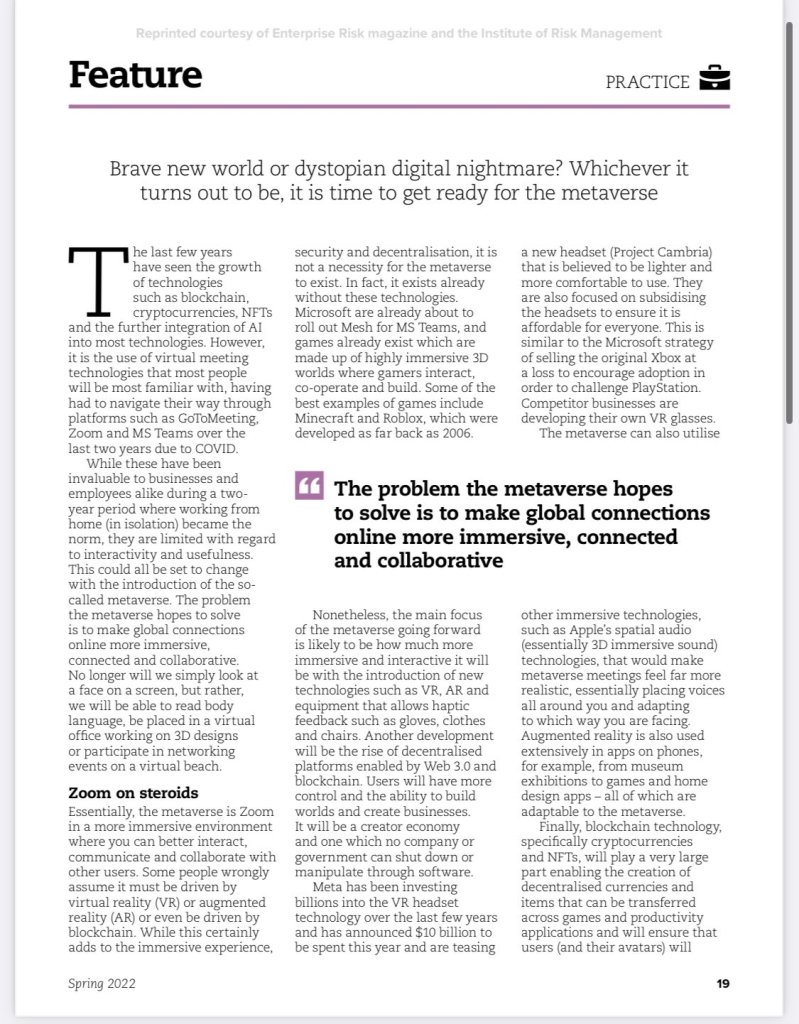
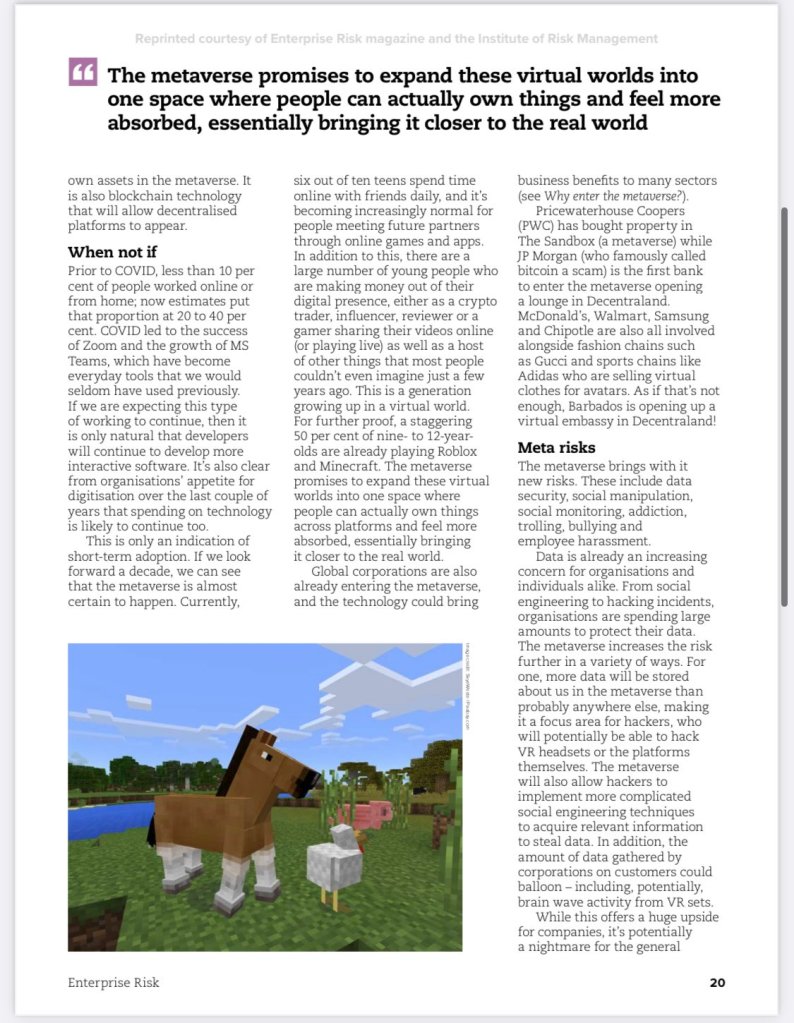
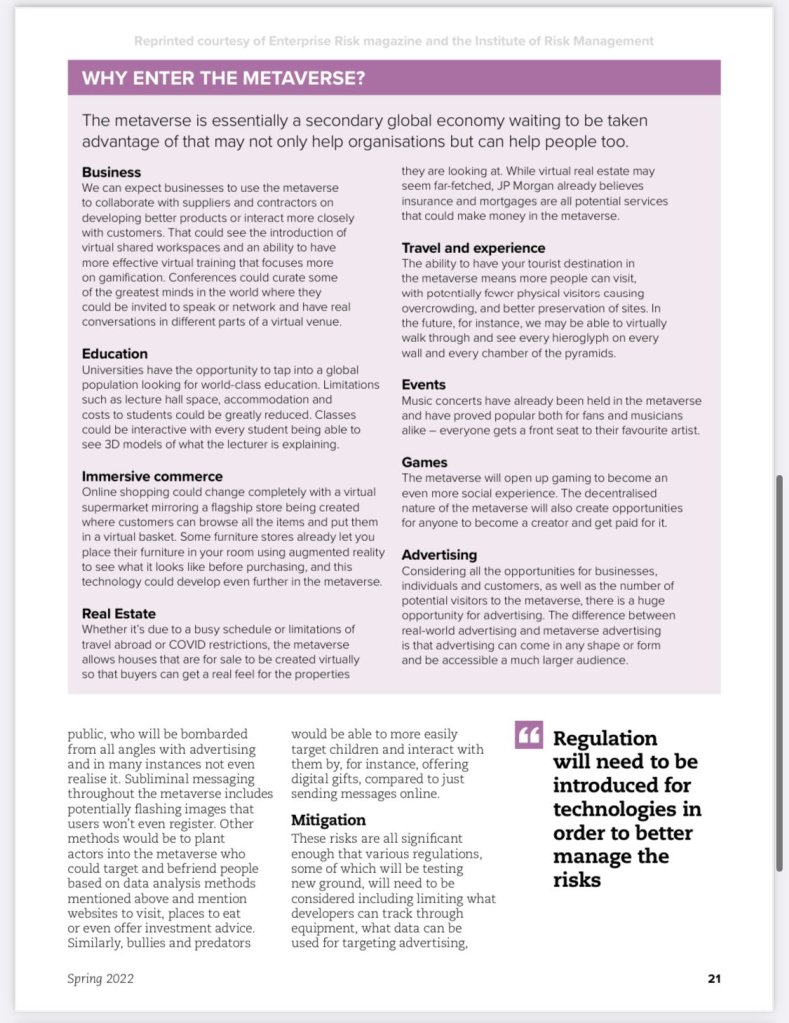
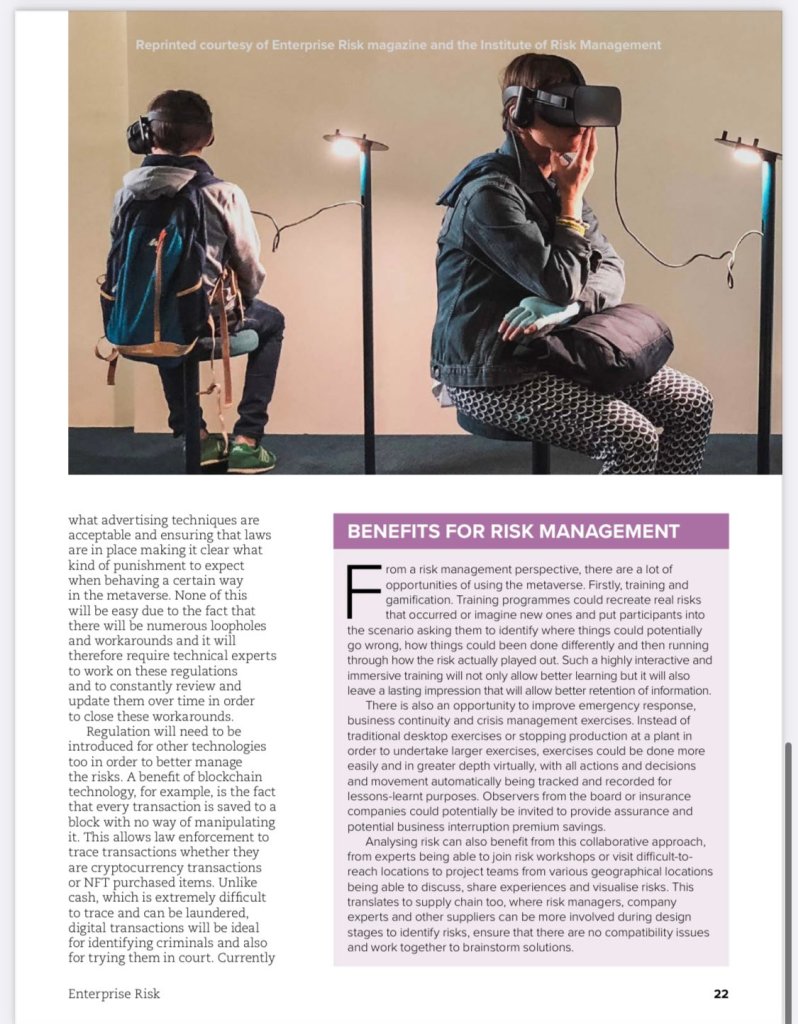
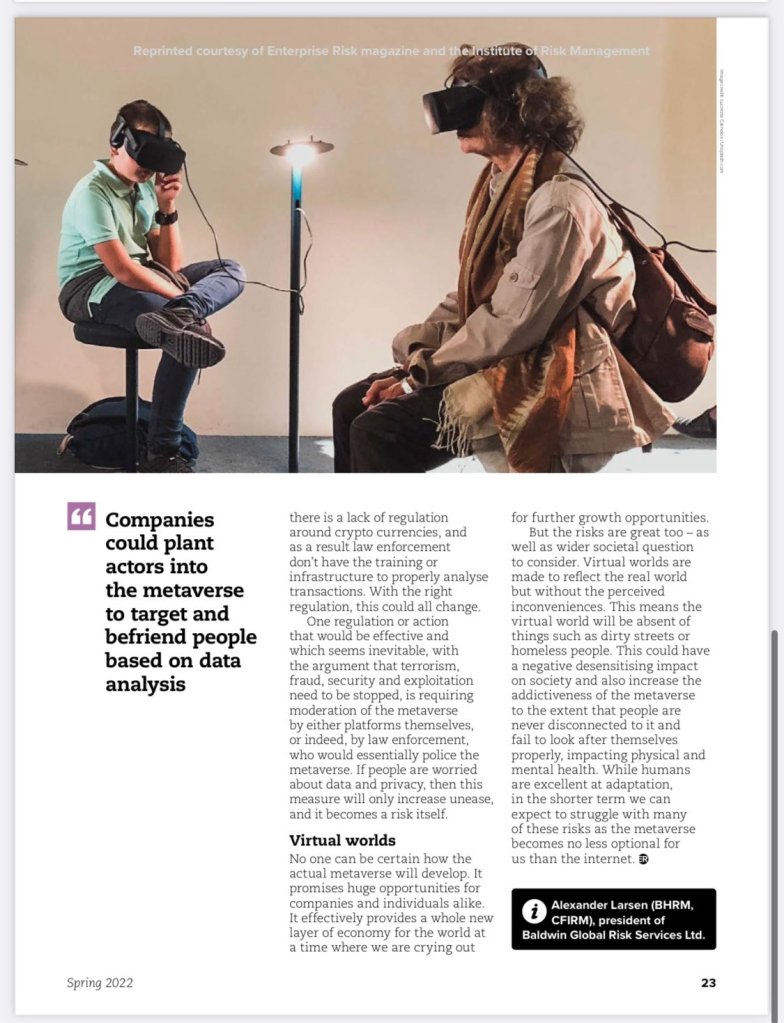


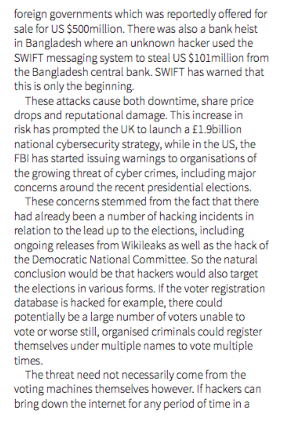



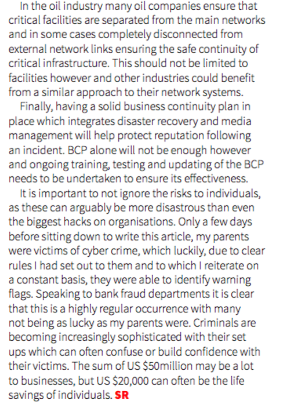



 But, as with all risks, you can manage them best when you identify them as early as possible – preferably before you even begin to have a social media presence. The best form of prevention is to be well prepared. When entering into social media, a company needs to focus on the purpose of doing so in the first place. Is it to attract talent, or improve customer engagement, for example? Once this is established, objectives can be set for the initiative. Different objectives will require varying approaches, not only to achieve the desired success, but also in how to mitigate the risks.
But, as with all risks, you can manage them best when you identify them as early as possible – preferably before you even begin to have a social media presence. The best form of prevention is to be well prepared. When entering into social media, a company needs to focus on the purpose of doing so in the first place. Is it to attract talent, or improve customer engagement, for example? Once this is established, objectives can be set for the initiative. Different objectives will require varying approaches, not only to achieve the desired success, but also in how to mitigate the risks. If employee access is given, there are some common steps companies can take to mitigate social media risk. First, the company should develop a social-media policy and train staff in its use. A social media policy can be short and sweet, or quite long and detailed. A company should consider having one for employee use of social media as well as a corporate social media policy (for those working with social media on behalf of the company). These should include an outline of the do’s and don’ts when posting online, information on the safe use of social media, off-limit subjects or data, as well as the consequences of being in breach of the policy. The legal department should be of use here.
If employee access is given, there are some common steps companies can take to mitigate social media risk. First, the company should develop a social-media policy and train staff in its use. A social media policy can be short and sweet, or quite long and detailed. A company should consider having one for employee use of social media as well as a corporate social media policy (for those working with social media on behalf of the company). These should include an outline of the do’s and don’ts when posting online, information on the safe use of social media, off-limit subjects or data, as well as the consequences of being in breach of the policy. The legal department should be of use here. Google is a prime example of using social media tools to minimise risk and maximise opportunity.
Google is a prime example of using social media tools to minimise risk and maximise opportunity.